This week we begin a three part series looking into a proposal by Protect Rhode Island Brook Trout. Their work is genuine, guided by a desire to address a potential, not a past. They are four wise men protecting brook trout in Rhode Island and so far, will not be swayed. They are working to protect populations of wild brook trout in the Upper Wood River by proposing a temporary change how we use and understand it. Organized as Protect Rhode Island Brook Trout (PRIBT) with a mission of “preserving, protecting, and restoring wild brook trout populations in Rhode Island”, their five-year plan would affect a frequently stocked and heavily fished river and her tributaries, invasive species, guys in waders trampling gravel bottom, a local chapter of Trout Unlimited violating its own national directive, a fantastic and ingenious mussel, cooling canopies, canoes kayaks and paddleboards.
It’s a big plan with a lot of moving parts.
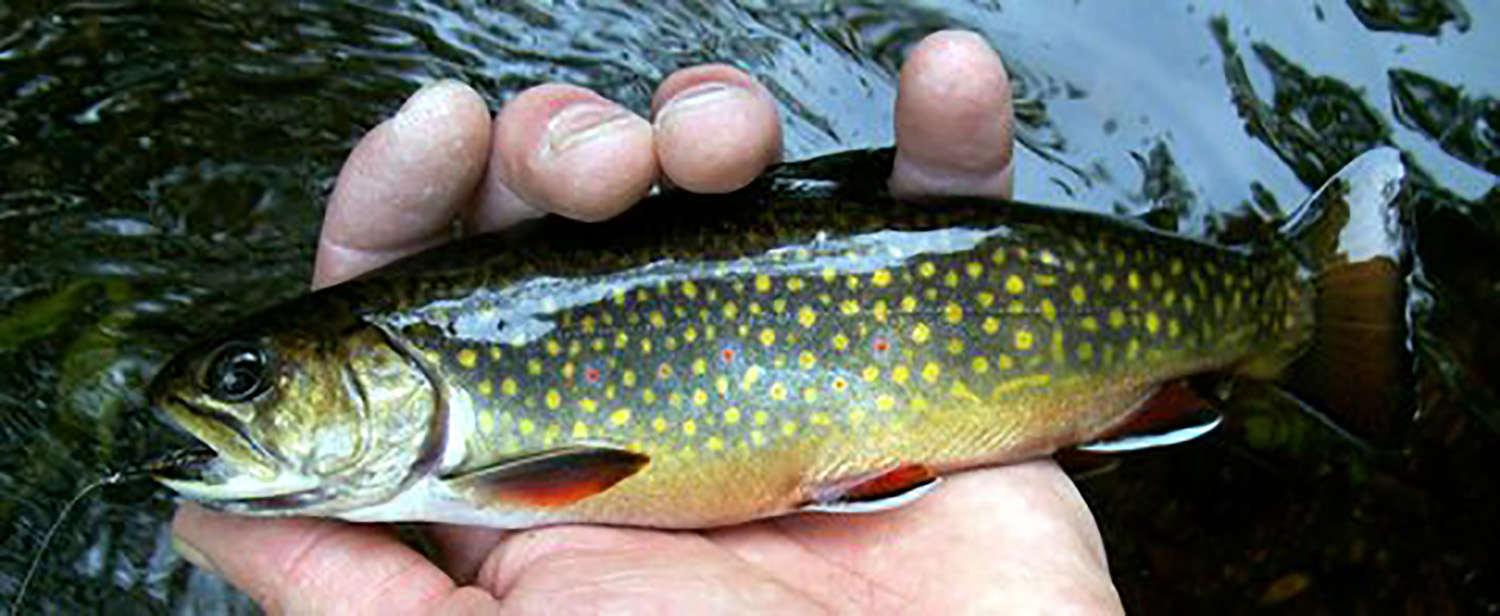
young wild native brook trout from the Wood River, pic by Paul Pezza
Brian O’Connor, Paul Pezza, Martin Custodio and Burt Strom came to this proposal after lifetimes fishing trout waters, seeking out those quiet stretches of riffles and caddis flies and brookies no longer than your hand. It is their collective observations which fuel their mission. Brian is troubled at how temperatures on the Pawcatuck River near his home rise earlier and earlier each summer, how critical shorelines and submerged habitat get trampled by large numbers of fishermen, how he sees clear warning signs that a magnificent ecosystem is paying too large a price for our collective enjoyment. He’s troubled that cool, shaded pools, once as deep as twelve feet deep are now barely three, a result of man’s heavy footprint but mostly he is troubled that no one appears to be listening.
PRIBT’s proposal is for Barberville Dam north to Route 165 and then north again into the headwaters. They propose making the area catch and release only with artificials and single barbless hooks. More significantly, they propose suspending stocking hatchery raised trout and therein lies the first rub.
DEM Fish & Wildlife stocks browns brooks and rainbows throughout the state from hatcheries in Hope Valley, Carolina, Perryville and North Kingstown’s Lafayette hatchery which alone can house about 200,000 trout in the facility’s outdoor raceways and another 200,000 in the hatch house. Hatchery fish support the needs of fishermen, some might offer “needy fishermen”, who buy some 42,000 licenses each year. Many of those trout are destined for the season’s opening day on the second Saturday in April. This Spring, DEM Director Janet Coit wrote,
“You’ll be joining the generations of Rhode Islanders who get out at the crack of dawn every year on Opening Day in search of the beautiful brook, brown and rainbow trout raised in DEM’s hatcheries”, which shows just how accepting of and dependent on stockers we have become. Some 80,000 trout were stocked this year followed by multiple re-stockings. According to Christine Dudley, Deputy Chief of Freshwater and Anadromous Fisheries, 8.5% of rivers and streams and 27% of ponds and lakes are currently stocked. The tradition of parking your chair pond-side each opening day and catching a limit or the magic of returning to your secret spot far from the road for just one fish is a power which should not be minimized. A local chapter of Trout Unlimited assists DEM with float stocking The Wood; we will address the complexity of that decision next week.
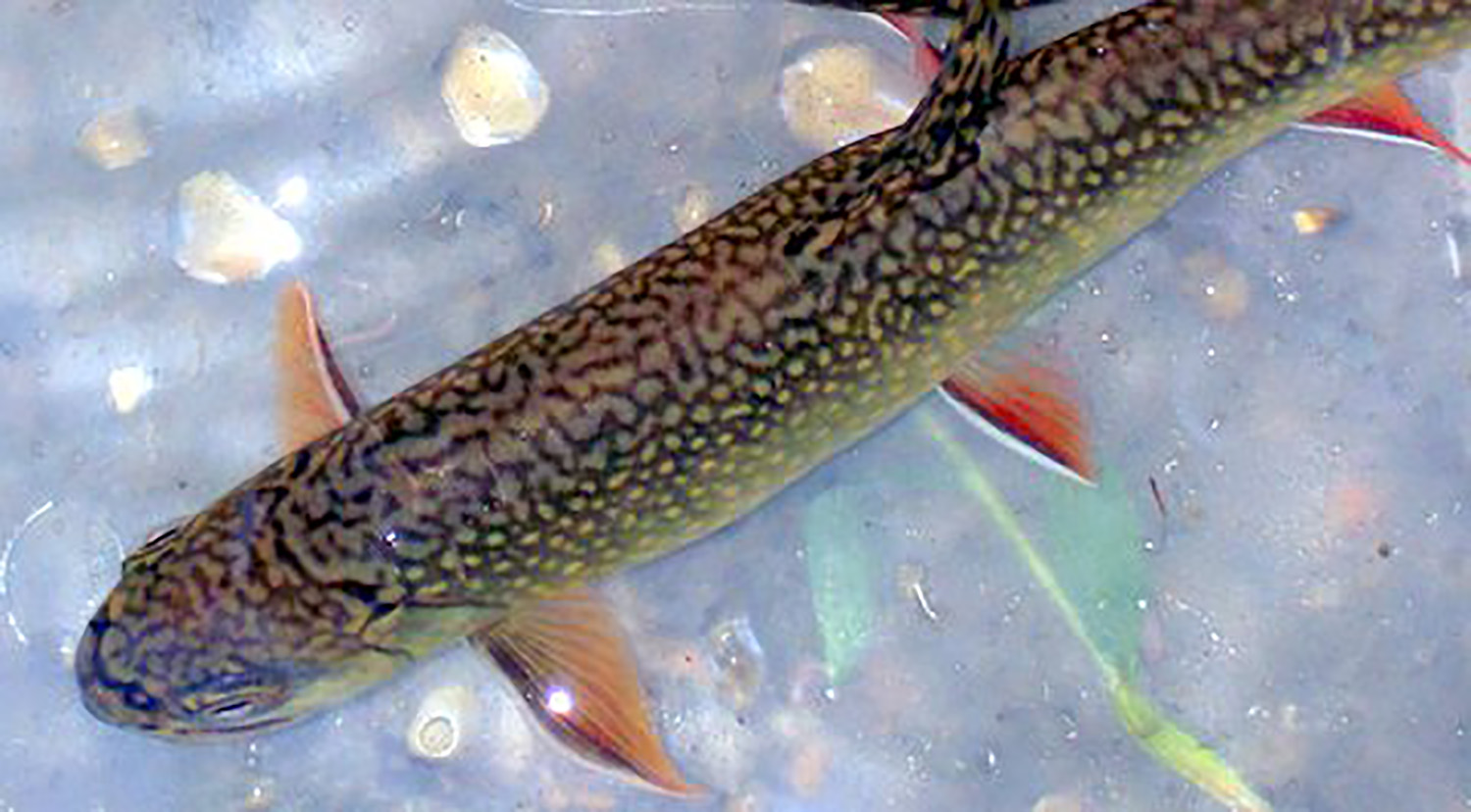
paul pezza’s view through the river
Fishermen purchase tackle, bait, gas, clothing, rods, canoes, kayaks and probably a few beers for opening day, which translates into retail and tax dollars, about $130 million of them. Those dollars are partially federally matched via The Sport Fish Restoration Program created through the Dingell-Johnson Act of 1950 and help to support hatcheries, biologists and staff salaries.
DEM has reviewed the proposal and knows “they care about the resource and have put a lot of work into it” but considering implementing it puts them at the confluence of existing law, the rigors of science and pressure from fishermen and their clubs who want, even demand, big trout. Before DEM could ever make such a temporary improvement to the Wood watershed, they would need to reconsider data on the trout population and enough support to continue or even expand environmental monitoring and evaluation. Until that divide is crossed, the positives of traditional recreation and any negative reactions keep the state producing fish, which keeps fishermen happy, which keeps license sales strong, which keeps the federal dollars coming, which pays for more open space, which keeps cash registers ringing, which supports employees. The circle of dependence rolls on.
Money drives the process. The great Dr. Ralph Stanley sang, “If I lose a hundred dollars while I’m trying to win a dime, my baby she’s got money all the time”; DEM serves many masters, bankrolling many projects so it needs money to raise the fish some demand, which can detract from the more critical issue of restoring our wild trout habitats and populations. The Eastern Brook Trout Joint Venture of 2011 exhaustively investigated wild trout waters from Georgia to Maine and among other pressures, determined that “populations of stream-dwelling brook trout are greatly reduced or have been extirpated from nearly half of the watersheds in their native range”, precisely what this proposal addresses.
Fishermen, scientists and some states are beginning to question if raising fish for typically short lives-stockers in this state are expected to survive in the wild just a few weeks-is really the state’s job or ultimately even in its best interest. For an interview with New York’s Adirondack Almanack this past Spring, a Senior Scientist with Trout Unlimited noted that state’s are in a difficult position when it comes to stocking and that pressure from fishermen can divert attention from real stream and trout population issues. Jack Williams said,“The hatcheries become too easy an answer to the problem of not having enough fish in the streams from an angler’s perspective, when really we should be taking a harder look at those stream conditions and the factors that are really influencing degradation of those streams as the way to improve our trout fishing.”
PRIBT agrees, believing that our state’s put and take fishery is helping to degrade native populations and by default, habitat critical to many aquatic and terrestrial species, like the Eastern Pearlshell Mussel, which spends its early life on the gills of salmonids. Brook trout, they state, now have just “small remnant populations so seriously threatened by contemporary human impacts that it has been designated as a species in “Greatest Conservation Need”.
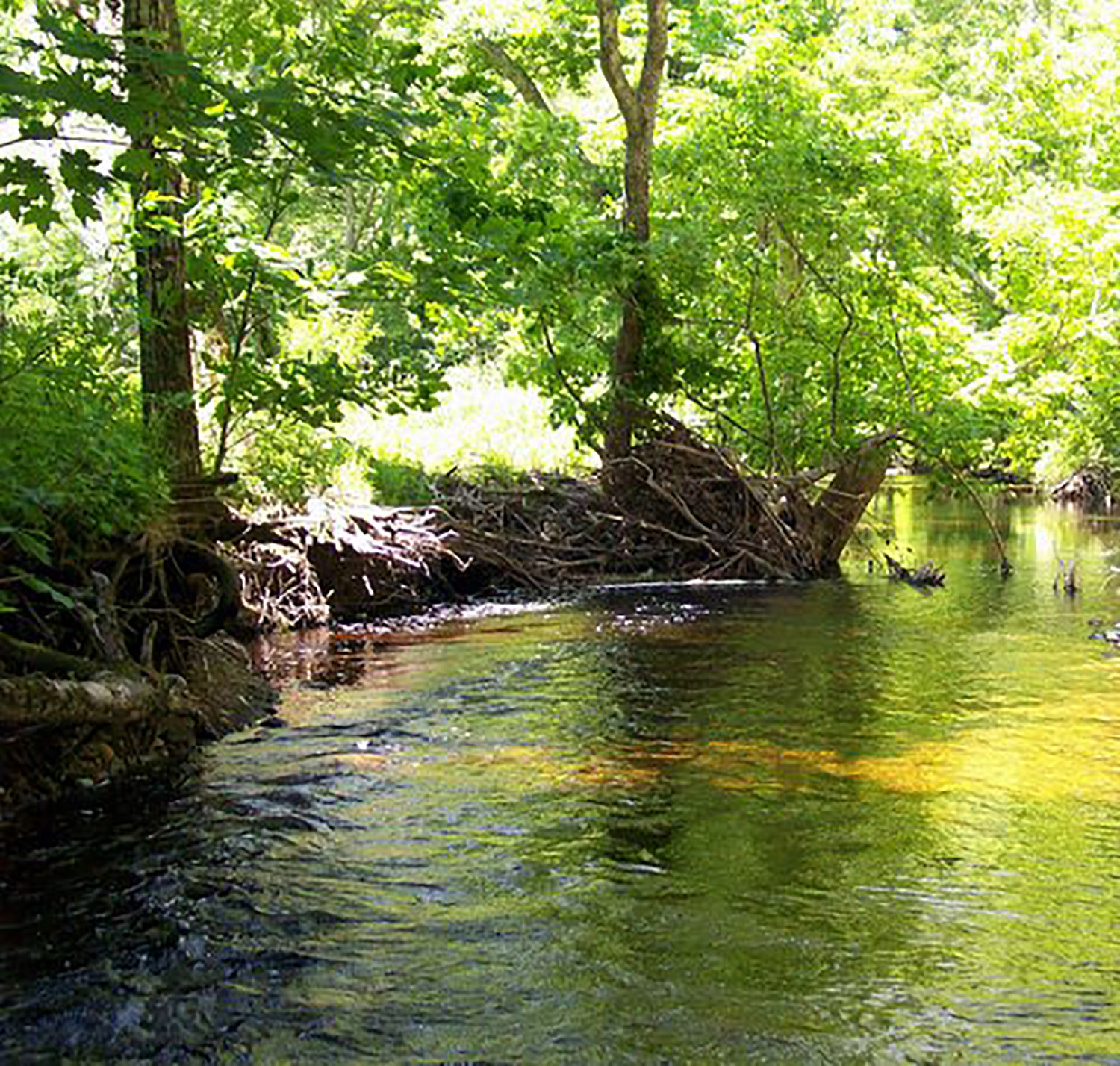
shaded pools like this will hold brookies. pic by paul pezza
Hatchery fish far outweigh wild brookies and enjoy a clear competitive advantage for feeding on insects, eggs or young of year fishes, for overtaking cool water habitats and if they survive long enough, breeding alongside or with wild fish. Statements like those bring disagreement from all parties who can produce research to support or refute but at the end of the day, all have the same goal of cool clean fishable waters, it just depends on whether they want to protect, enhance or exploit it.
Next week we will look more at the magnificent brook trout, a local fishing clubs’involvement in stocking and how other states are approaching proposals just like this.
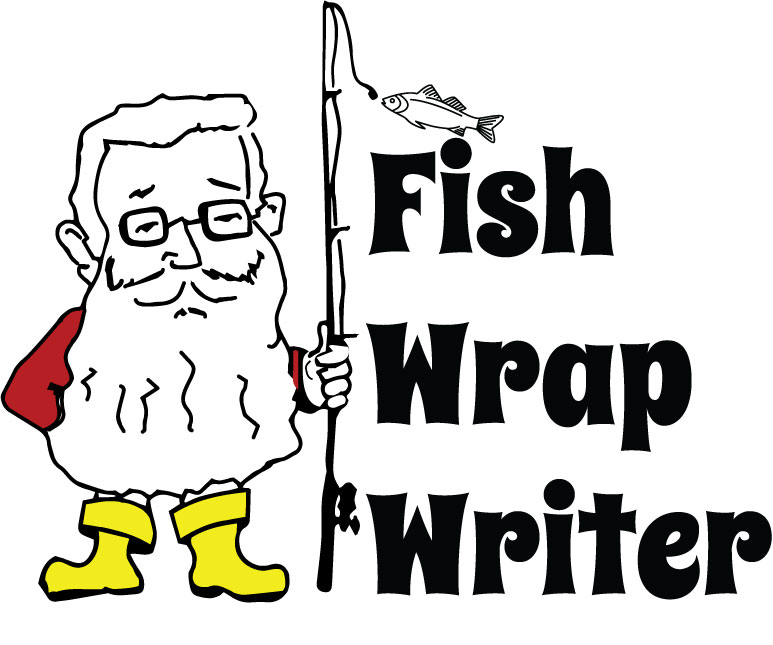
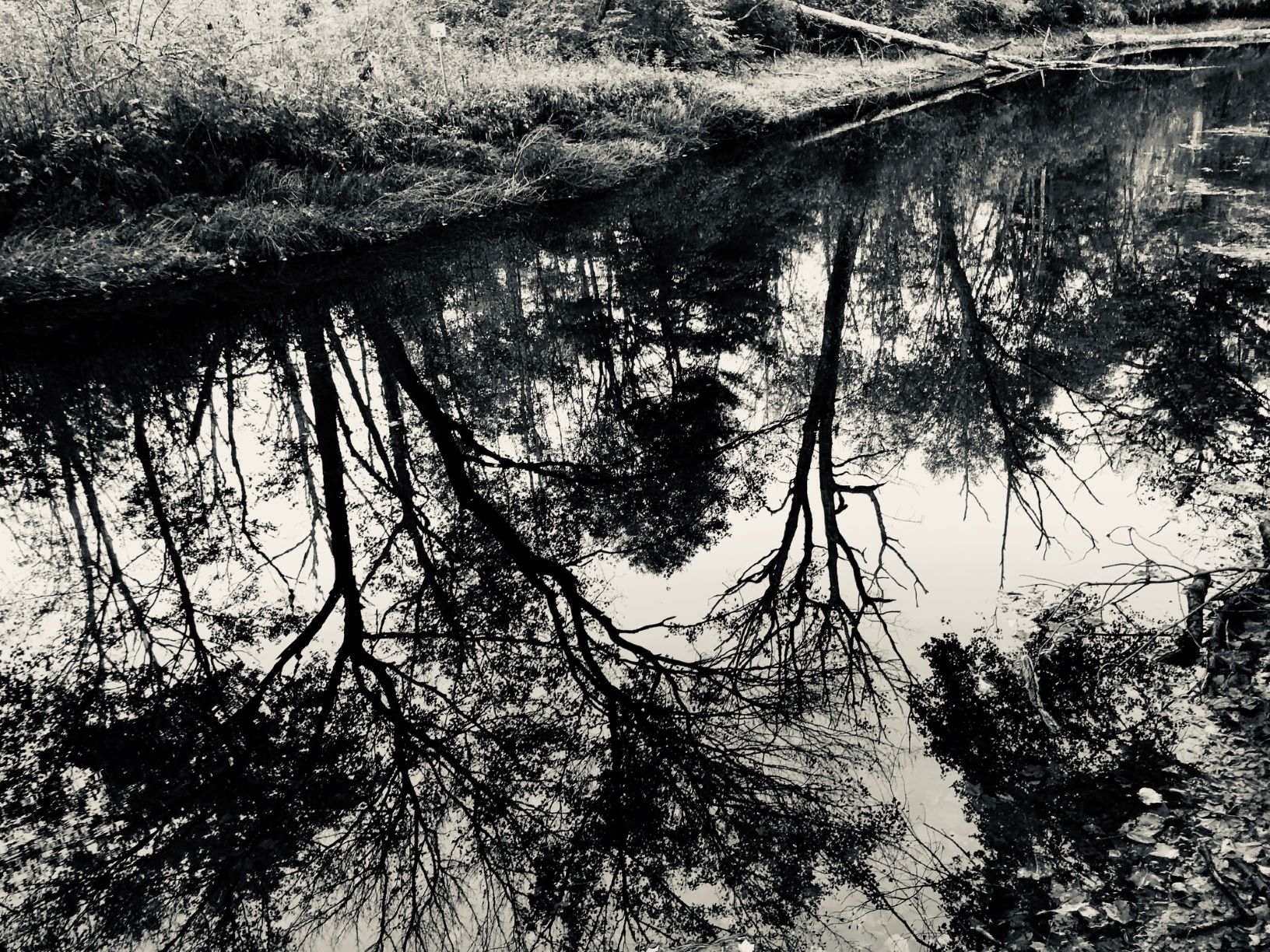

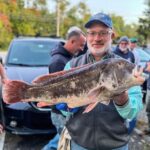
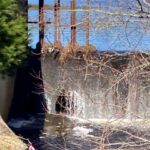

0 Comments